We are family in the Bahamas
Published on May 1st, 2025
by Del Olsen
The first thing that strikes you about the 2025 National Family Island Regatta, sailed on Elizabeth Harbor in the Southern Exumas, is simply the venue. Crystal clear water that shames any swimming pool for its shades of teal and aquamarine blue. With a water temperature of 78°F and air temperature to match, and white sand beaches that make sugar blush, the venue is simply stunning.
Oh, and that’s before you factor in the 12-18 knot wind emanating from the predominant Northeast to East direction. Even if the wind fades, complaints are few, and that’s nothing but good. A better venue would be hard to find. As the Bahamians say, “When God made George Town, he made it with racing in mind.”
The 69th edition on April 22-26 gathered traditional Bahamian sloops, which are familiar and traditional full keel plank on frame wood construction, but with massive crew ballast and righting moment from the use of a hiking board or “PRY” in the local vernacular.
Currently there are four classes, the largest being the A-Class at 28’ with few restrictions on crew size and sail area and pry length. I counted 14 people on one boat. Talk about choreography in a tack; Beyonce has nothing on these crews. A-Class sloops sport 60’+ masts and 32’ booms with no vangs flying cotton sails. Gybes are avoided at all costs, or should I say, to avoid large costs.
Until recently, the 12’ E-Class was restricted to youth under age 18 but has been opened to adults. E-Class and 17’ C-Class have become the most popular fleets; both classes see 30+ boats on the starting line. In the E-Class, Juniors may sail with three people, while adults generally sail with two. Optimal crew weights seem universal as the E-Class does not use a hiking board or “PRY” to keep the boat flat and at full displacement speed.
Class rules are familiar to all racing sailors. From my reading, the Bahamian sloops are a mix of Box rule with elements of restricted one design. Depending on the Class, they are a mix of the specific and the ambiguous. Boats must be of traditional wood construction, full keel with no cutaway forefoot, external ballast no more than 50% and to “maintain the traditional grace and beauty of the hull and rig” a concave sheer is required but not defined.
The need for developmental progress is recognized but slowed enough not to outclass current boats. The definitions seem to be arrived at by consensus and administered by committee, basically it all works amazingly well as witnessed by the fact that some boats are still competing 50+ years on.
In the realm of the more familiar, listening to the Race Committee VHF channel, the traffic would immediately be recognized by any PRO, mark set, or safety boat driver. Conversations about course length, wind direction strength, course length, and sailing angles of individual legs, would be right at home on any racecourse anywhere.
Concern for safety and fair sailing underlies every exchange. In one transmission to the weather mark boat, the concern was that the mark placement for the starboard rounding would avoid any need for a bear away gybe to make the downwind finish line.
Dallas Knowles and his crew did a masterful job showing exceptional knowledge of the fleets and conditions… Well Done!
Some race management issues are universal in any race with broad appeal. The spectator fleet at the weather mark presents a challenge. Naturally everyone wants the best vantage point for the best photo or for seeing the action up-close and personal. All is well if the fleet is spread out, but every so often there’s a 3 or 4 boat pinwheel developing.
While everyone’s eyes are on a boat executing a full power bear away with 4 or so crew on the end of the PRY, the pinwheel is bearing down on the spectator fleet (much to the consternation of the weather mark boat whose job it is to keep the area clear).
So here they come: overlapped line abreast each requiring more separation as they ease sheets, remember those 30 + foot booms! Fortunately, there were no collisions, thanks to some excellent boat-handling by the offenders – no harm, no foul, except for the shouting.
Racing; the unique part. If there is one aspect that distinguishes Bahamian Wooden Sloop Racing, it’s the start, sometimes compared to Le Mans starts of the famous race car circuit. The difference is, instead of running across the track, all boats are at anchor with their bows below the start line with sails down. You’d think this would eliminate “over early” OCS infractions… Not!
The RC issues warnings to “Get in Line!” and can assign penalty points to those who fail to comply. The RC boat fires the start gun from their vantage point, while hovering upwind at mid-line.
Most of the crew on the anchor line begin pulling it in with all their might. One or two others hoist the sails, while the skipper keeps the boat dead to weather if he can. Sounds simple but one gust, a sticking sail slide, or mis-coordination can and frequently does send boats into non- penalized contact. In other words, a Bad Start.
This controlled chaos does tend to spread out the fleet; in one race I saw the lead boats were almost to the leeward mark on the first run before the last place boat rounded the weather mark. With this system there’s no need for the Black, U, I, or even the recall flag.
Being a Nation of Islands, it’s no surprise that Sailing is the National Sport fully supported by the government.
With an event that has been going on for seven decades, it’s hard to escape the gravity of its history. The sailors are all keenly aware of their historical significance reinforced by rivalries between islands and families going back decades and even generations.
If you substitute regions and yacht clubs, a familiar picture emerges. Walking around the Regatta Village, there’s lots of good-natured ribbing and some braggadocio as the sailors seek a little refreshment before or between races. In addition to being a sailing regatta, it’s also one of the bigger community events on the island right up there with Junkanoo.
The entire working commercial dock is converted into a giant food court and bazaar with pop-up stands selling food, beer and spirits of all flavors, many of which you can’t find anywhere else. Anyone care to hazard a guess what’s in a cocktail called Sky Juice?
For those fortunate enough to have been to a European summer beach festival and regatta like Travemünde Week on the Baltic, you would feel the same vibe but with Bahamian Rake and Scrape music blasting from the speakers and the smell of BBQ jerk chicken in the air.
Of note in the 32-boat final, E-Class race veteran sailor David Knowles eked out a 1-point victory over a determined team of junior challengers led by 15-year-old Skipper Emit Knowles, sailing with crew Dai Major (16) and Wyllan Braynen (14). The saying, “Old age and treachery will always beat youth and exuberance” proved true again. Better luck next time guys! At the other end of the age spectrum, 83-year-old Efford Kemp, sailing with family and friends, won the 37-boat C-Class.
As the early finishers were packing their boats for the ferry ride home, the rest were heading for some refreshment in the village. Their tired but satisfied faces were on full display and had a familiar look. After a day or two of rest and a return to the patterns of everyday life, there will be smiles aplenty recounting the experiences had, the battles won nor lost, and a yearning to do it all over again soon.
Final Results:
A-Class: (1) Silent Partner, Leslie “Buzzy” Rolle, Exuma; (2) Tida Wave, Brooks Miller, Exuma; (3) Rufff Justice, Joshua Knowles, Long Island
B-Class: (1) Lonesome Dove, Jeff Gale, Abaco; (2) Eudeva, Sheldon Gibson, Crooked Island; (3) Lady Sonia, Leslie “Buzzy” Rolle, Exuma
C-Class: (1) H2o, Efford Kemp, Exuma; (2) Bul Reg, Leslie “Buzzy” Rolle, Exuma ;(3) It Aint Right, Jeff Gale, Abaco
E-Class: (1) Lady Annamarie, David Knowles, Long Island; (2) Mako, Emit Knowles, Exuma; (3) Lady Kayla, Joss Knowles, Exuma
Credits:
Del Olsen (report) is a race officer, competitor, and former boatbuilder based in Richmond, CA. He has participated in numerous International Canoe World Championships along with Pacific Cup, Transpac, and Newport Bermuda. When not at home, he and his wife Gail Yando can be found cruising their 44’ power cat Papillon on the East Coast somewhere between Maine and the Bahamas.
Jan Pehrson (photos) is a sailing photojournalist who spends summers in San Francisco, California and winters in St. Pete Beach, Florida. As a racing and cruising sailor and Coast Guard licensed skipper, Jan’s familiarity with sailing and the sailing community lends an in-depth element to her prolific array of photographs and articles. Contact her at www.janpehrson.com


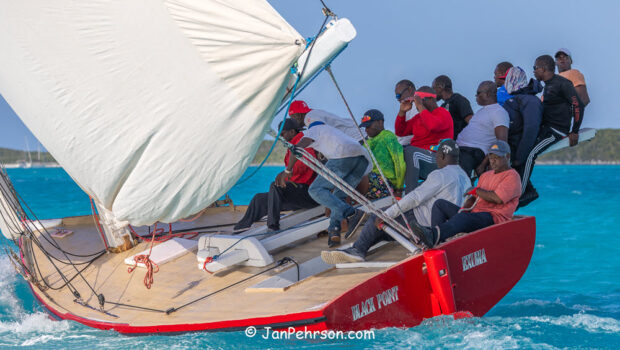
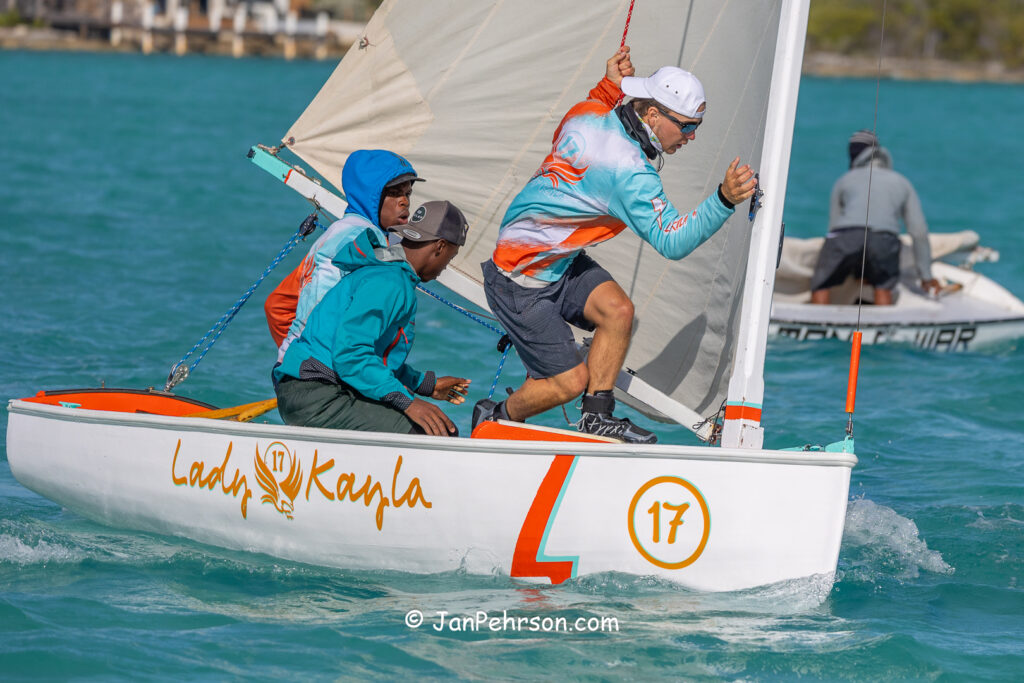
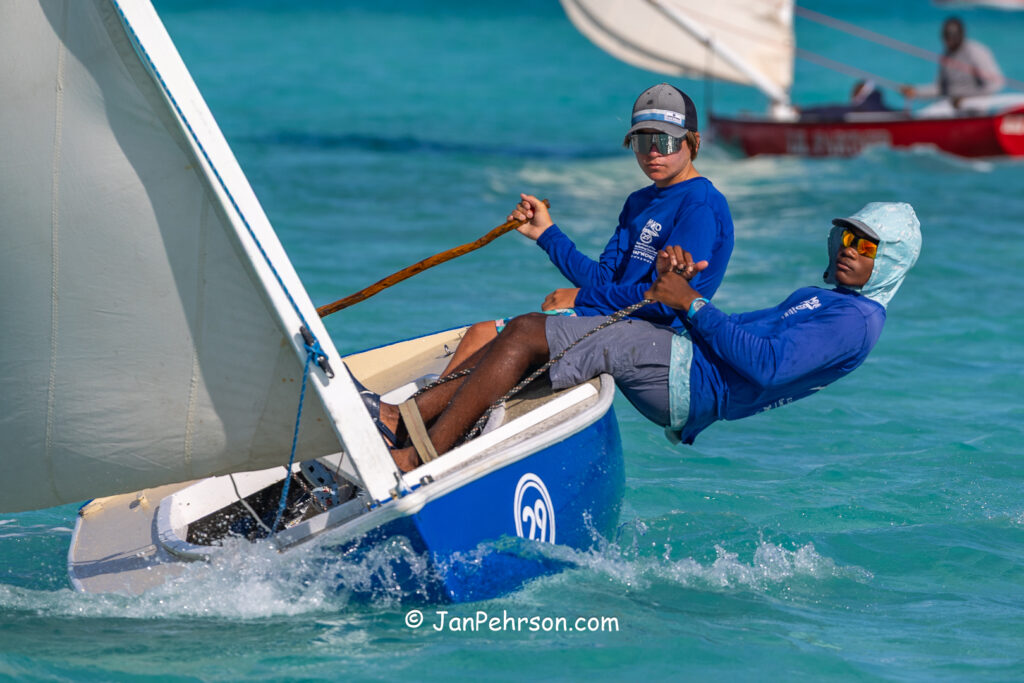
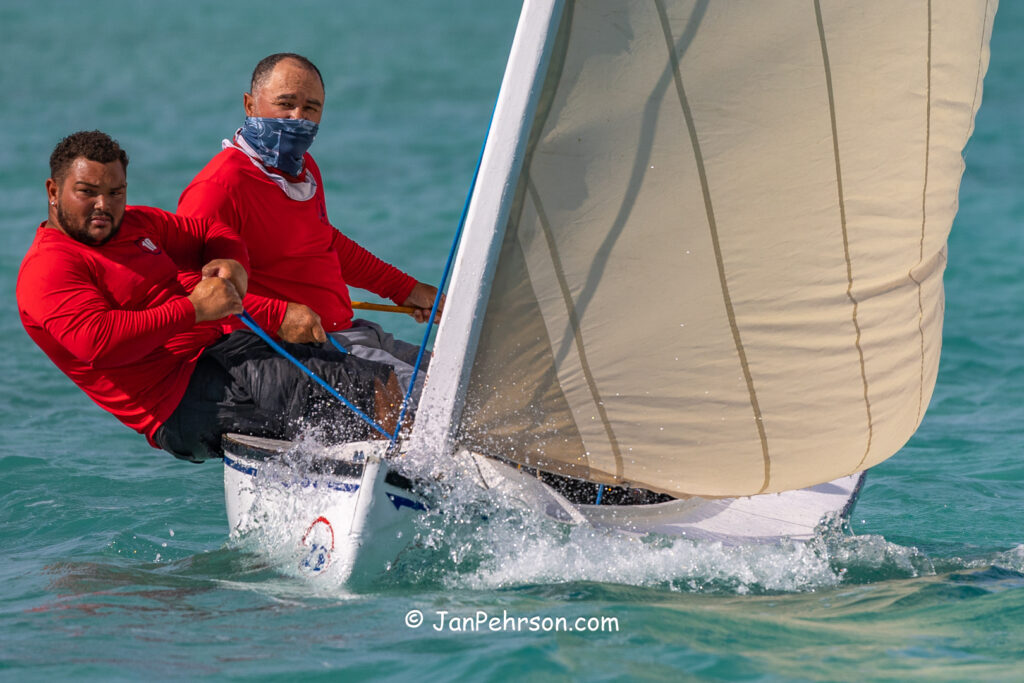
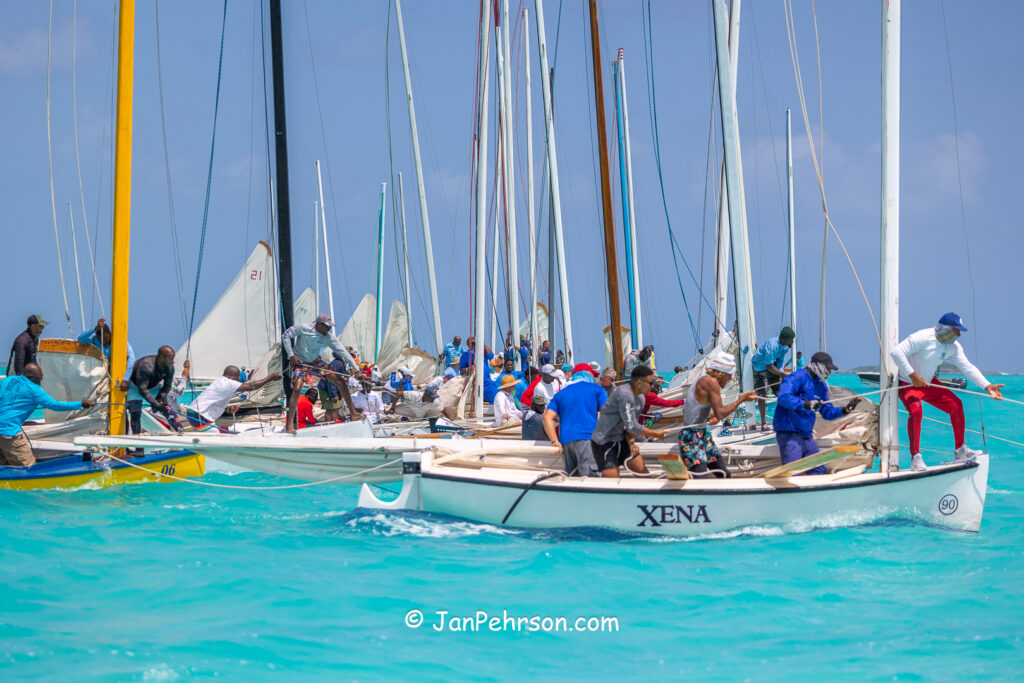
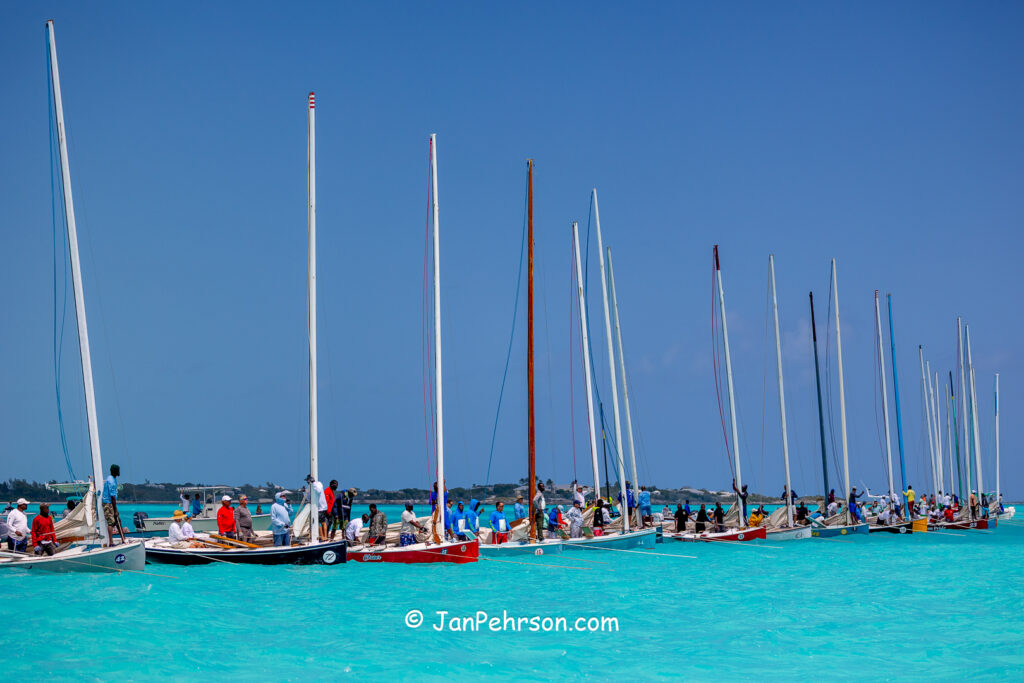
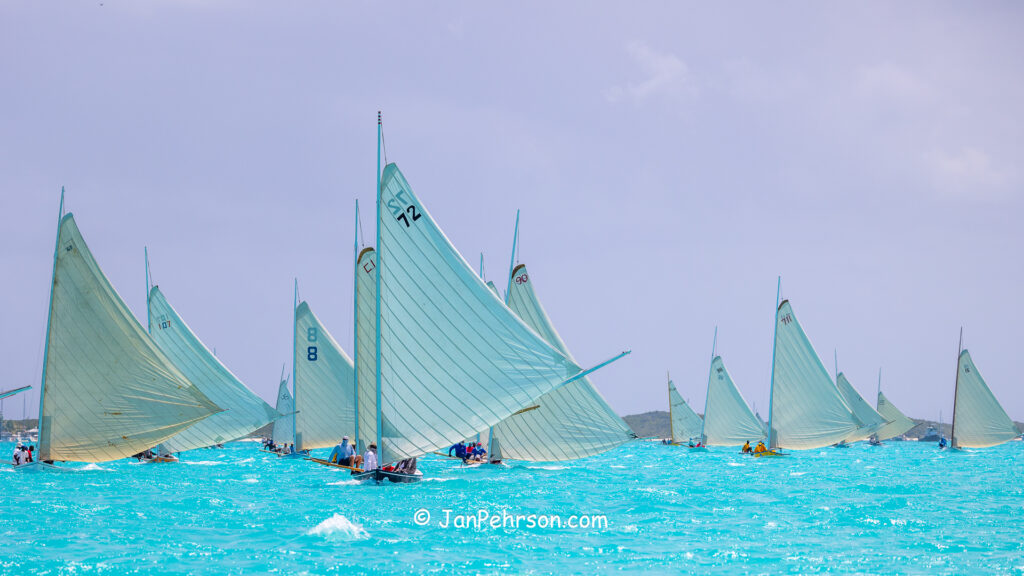
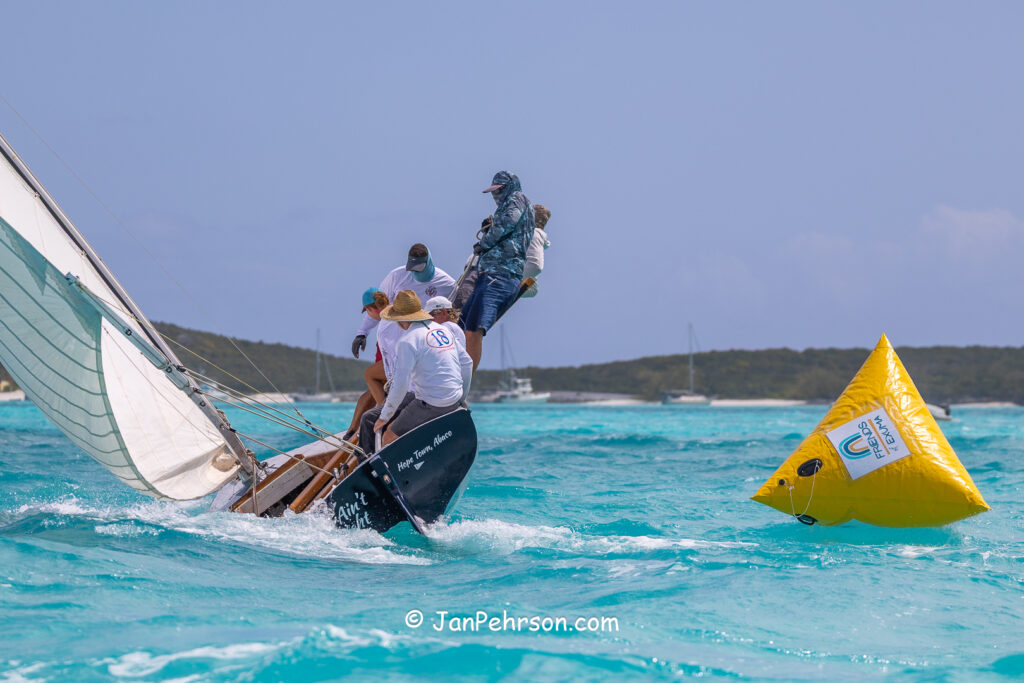
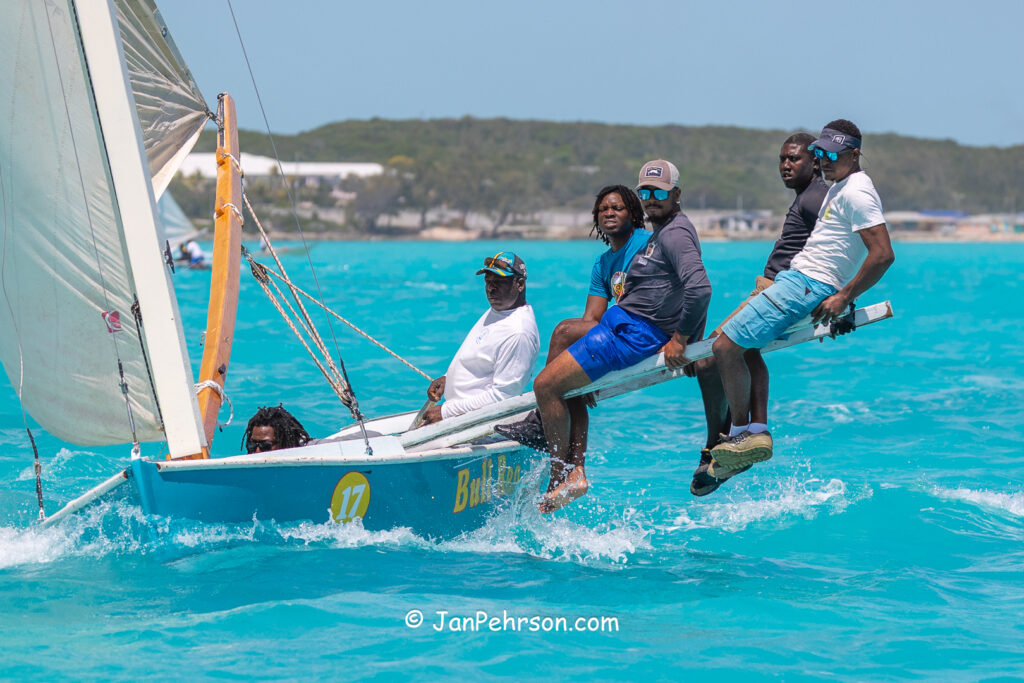
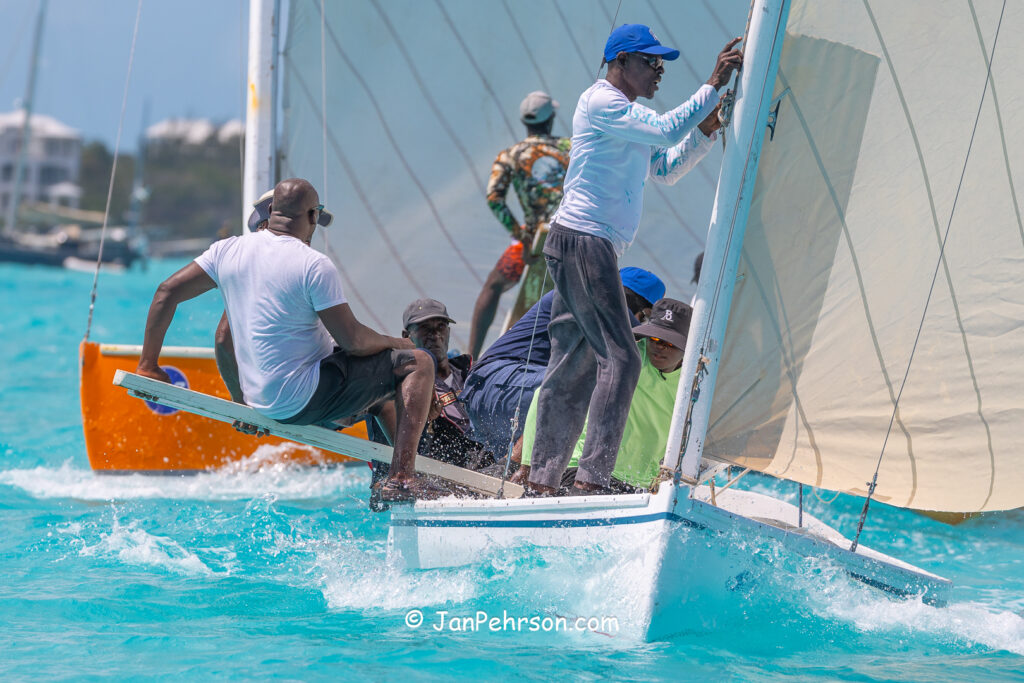
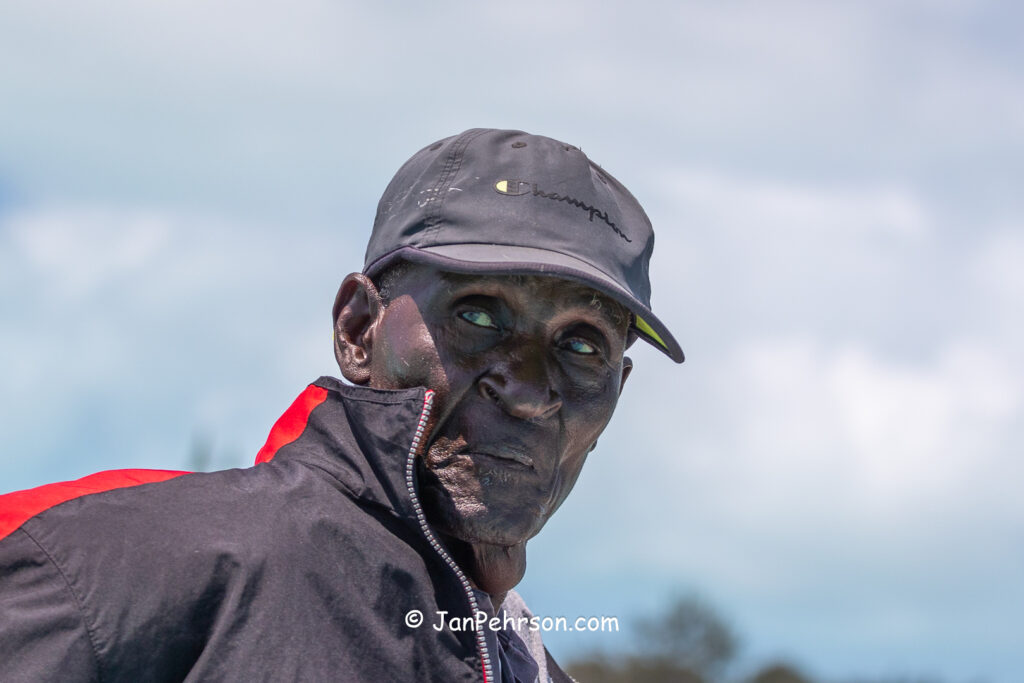
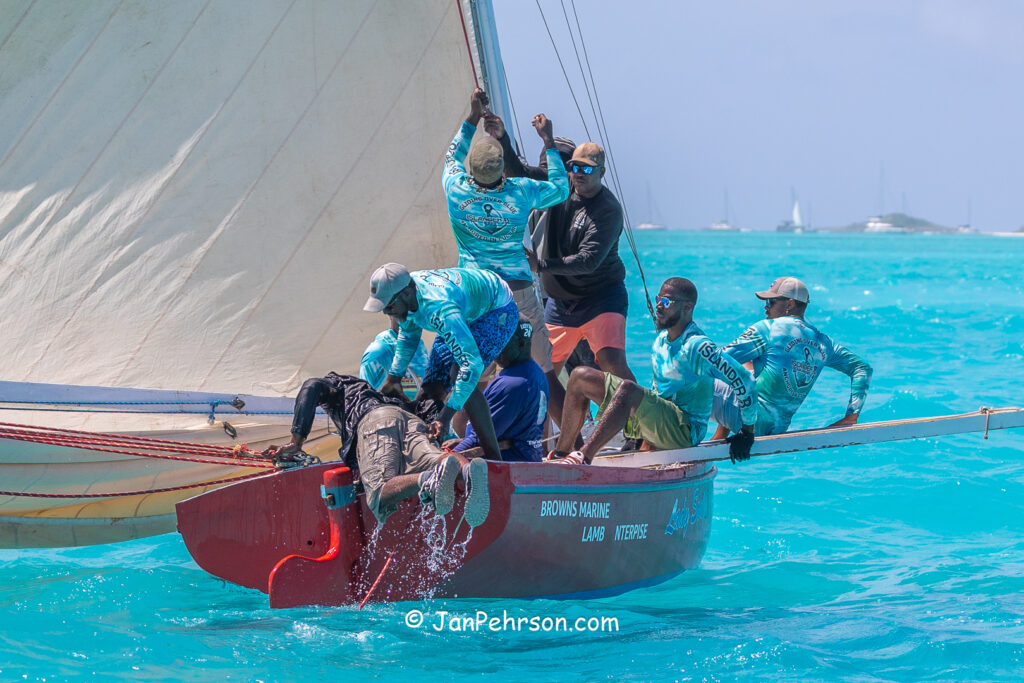
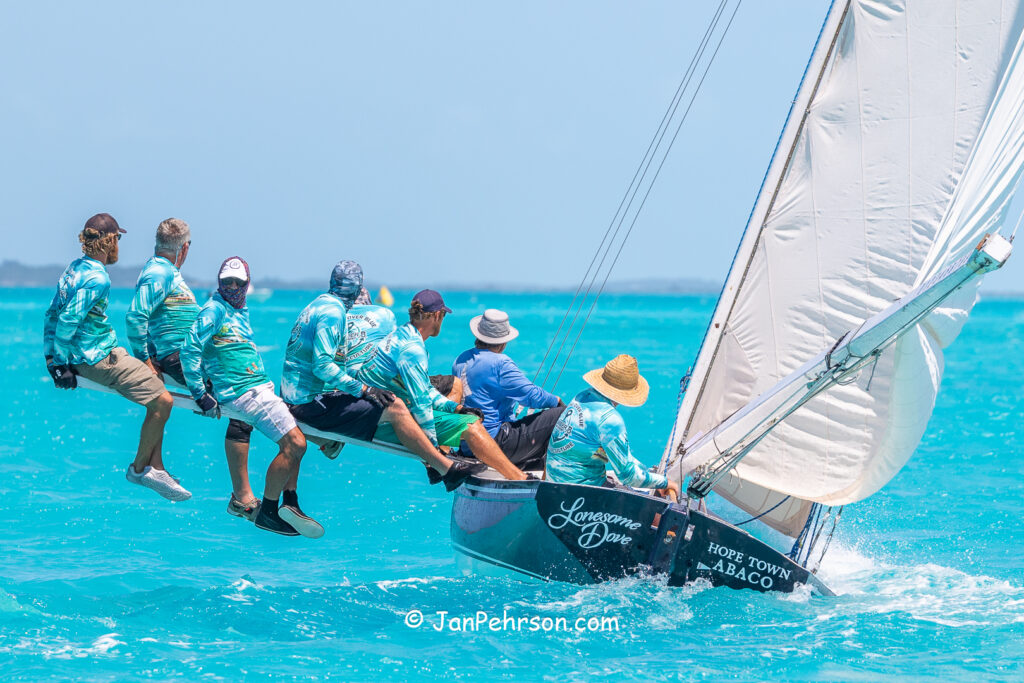





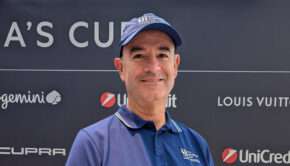
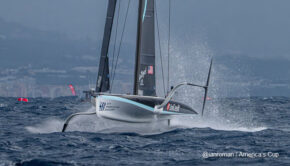
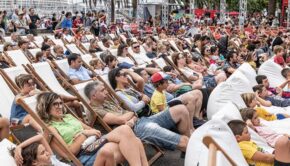
 We’ll keep your information safe.
We’ll keep your information safe.